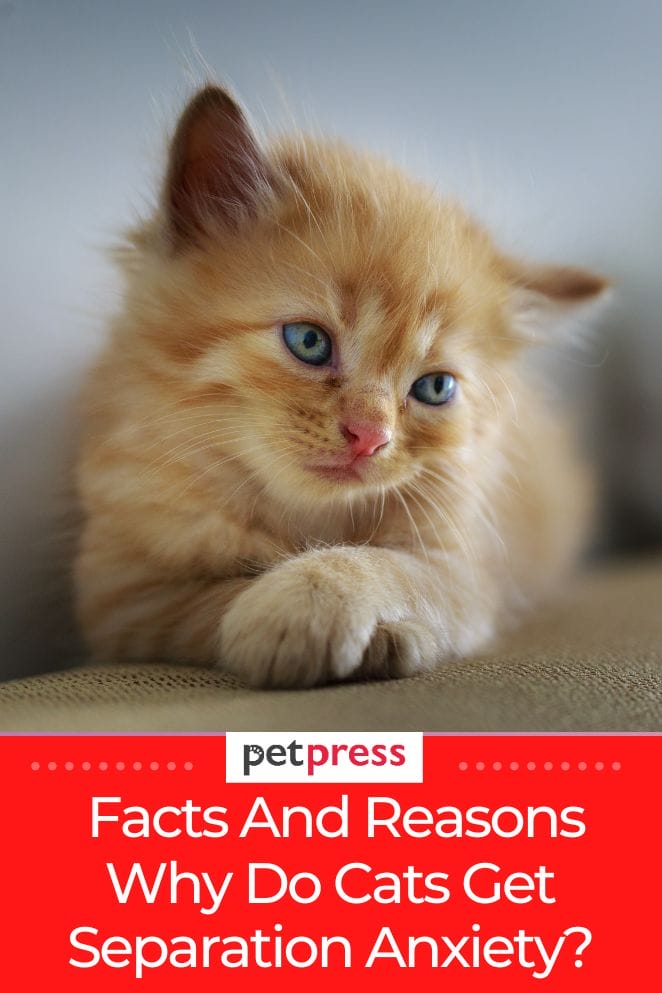
Cats are known for being independent and self-sufficient animals, but many of them can experience separation anxiety when separated from their human companions.
This condition is characterized by a variety of behavioral and physical symptoms.
Understanding the root cause of your cat’s separation anxiety is essential for providing them with the care and support they need to cope with this condition.
With patience and understanding, you can help your anxious cat overcome their separation anxiety and lead a happier and healthier life.
What is separation anxiety in cats?
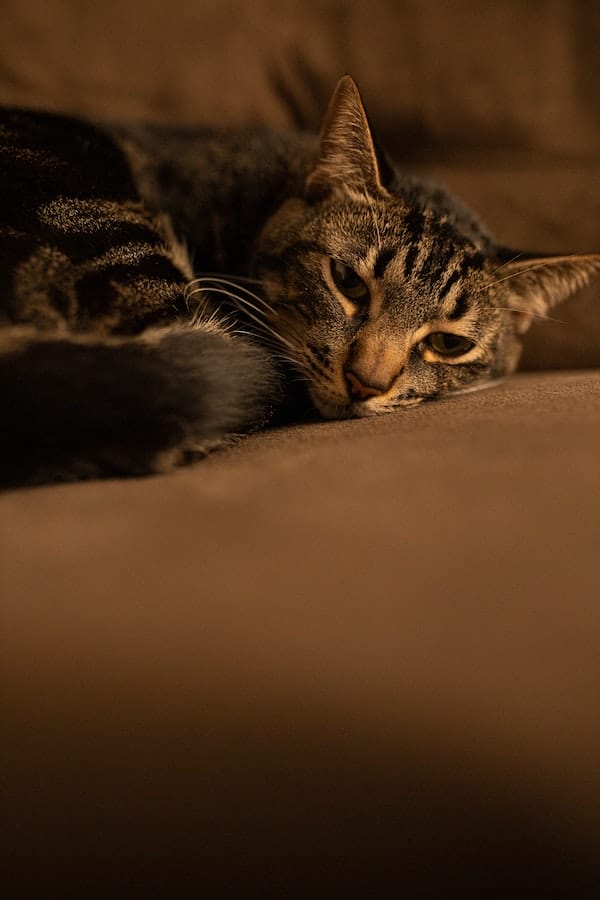
Separation anxiety in cats is a condition characterized by behavioral and physical symptoms that occur when cats are separated from their human companions.
These symptoms can include:
Hyperactivity
Hyperactivity is one of the main symptoms of separation anxiety in cats.
This behavior typically includes excessive energy, restlessness, and agitation when a cat is separated from their human companions.
Hyperactive cats may also display behaviors like pacing, vocalizing excessively, and engaging in repetitive or obsessive behaviors like licking themselves or chasing their own tail.
Vocalization
Cats that are experiencing separation anxiety may vocalize excessively when they are separated from their human companions.
This behavior can include meowing, whining, howling or yowling loudly, and it is typically an indication that a cat is feeling anxious or stressed.
Destructive behaviors
When cats are experiencing separation anxiety, they may engage in destructive behaviors like scratching, clawing or chewing on furniture and household items when separated from their human companions.
In some cases, these behaviors may be directed at themselves instead of other objects in order to cope with stress.
Loss of appetite
Anxiety can cause cats to lose interest in their food, leading them to stop eating.
This behavior can also be a sign of an underlying medical condition and should always be evaluated by a veterinarian.
Changes in bathroom habits
In some cases, cats that experience separation anxiety may develop changes in bathroom habits when they are separated from their human companions.
This can include losing control of their bowels or urination when a cat is stressed or anxious.
It may also include engaging in inappropriate elimination, such as urinating or defecating outside the litter box.
Pacing
When cats are separated from their human companions, they often engage in pacing behaviors.
These actions may be a way for the cat to reorient themselves and help them feel more comfortable in an unfamiliar environment.
Cats that pace may also be experiencing anxiety or stress related to being separated from their human companion.
Other signs of distress or agitation.
In addition to the above symptoms, cats with separation anxiety may show other signs of distress or agitation when separated from their human companions.
These can include panting, drooling, throwing up, head-butting people or objects in an attempt to get attention, and even jumping through windows or breaking into locked rooms in an effort to reunite with their human companions.
Why do cats develop separation anxiety?
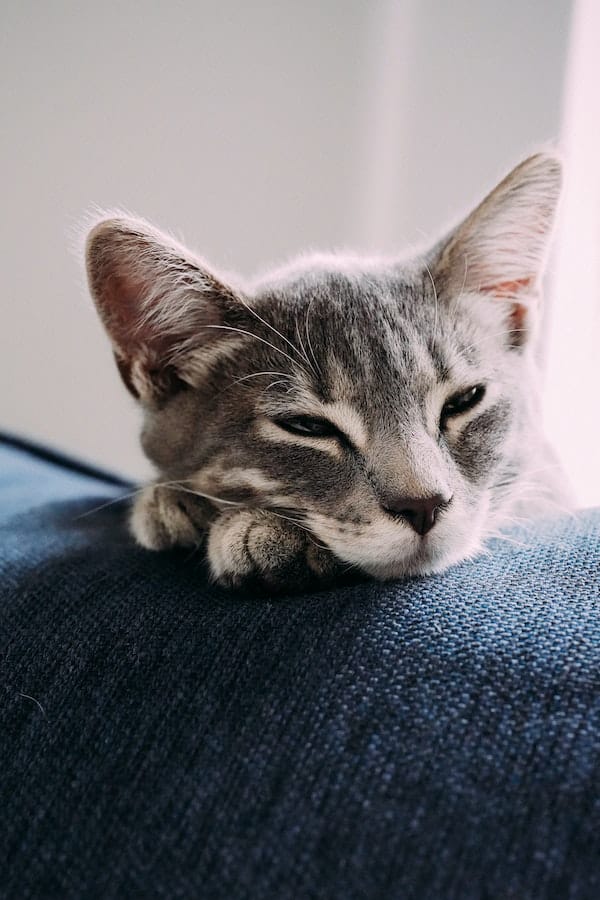
There are many possible reasons why cats develop separation anxiety, including:
- The loss of a companion animal or human,
- Changes in routine or environment,
- Long absences from home or other stressful situations.
- Some cats may also be predisposed to this condition due to genetic factors or early experiences shaping their temperament and coping strategies.
Regardless of the underlying cause, it is important to recognize the signs of separation anxiety in cats and take steps to help them cope with their condition.
How can you help your cat cope with this condition?
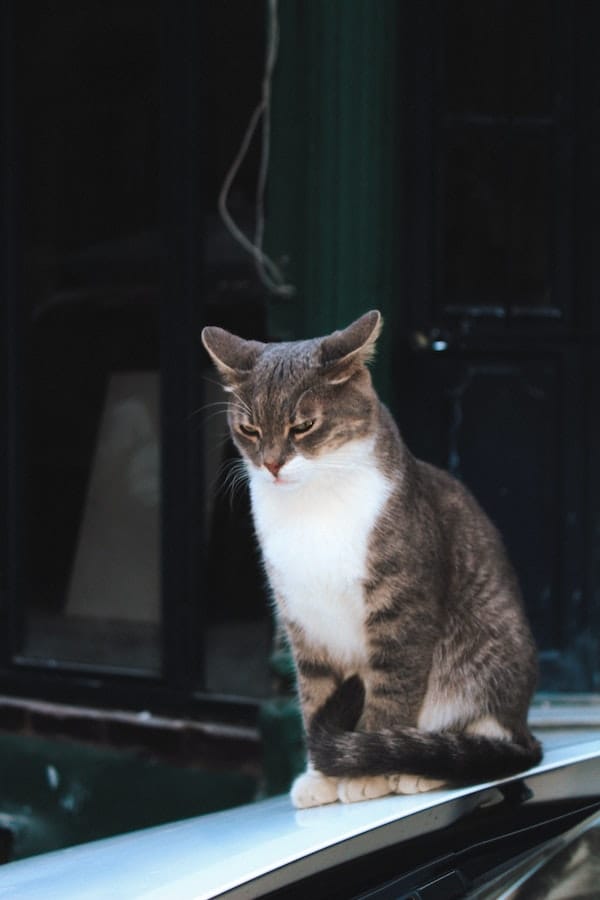
There are several steps you can take to help your cat cope with separation anxiety, including:
Providing them with regular exercise and playtime
One of the best ways to help your cat cope with separation anxiety is to provide regular exercise and playtime.
This can help your cat stay physically active, reduce stress and anxiety, and promote positive mood and behaviors.
Establishing a stable routine and set of daily activities
Establishing a stable routine and set of daily activities can help your cat cope with separation anxiety.
This may include creating regular feeding, playtime, and exercise schedules, as well as implementing behavioral training techniques to promote positive behaviors.
Working to reduce or eliminate stressors in their environment.
To help your cat cope with separation anxiety, you may also need to work to reduce or eliminate stressors in its environment.
Some common stressors that can contribute to this condition include loud noises, changes in routine, and new people or animals in the home.
Establish consistent feeding, play, and exercise routines
Finally, to help your cat cope with separation anxiety, it is important to establish consistent feeding, play, and exercise routines.
This can help them feel more comfortable in their environment, promote positive behaviors, and avoid stress and anxiety related to changes in routine or the loss of a companion animal or human.
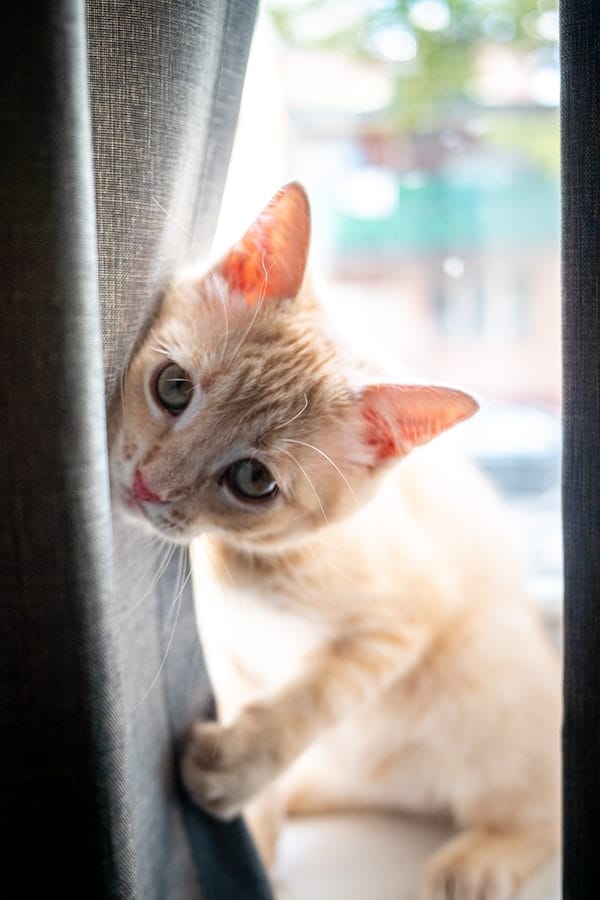
Summary
Overall, there are many possible reasons why cats may develop separation anxiety, including changes in routine or environment, the loss of a companion animal or human, and stressors in their environment.
However, there are steps that cat owners can take to help their furry friends cope with this condition, including providing regular exercise and playtime, establishing stable routines and set of daily activities, and working to reduce or eliminate stressors in their environment.
With these strategies, cat owners can help their cats lead happier and more comfortable lives despite separation anxiety.


GIPHY App Key not set. Please check settings